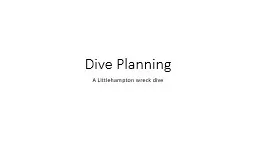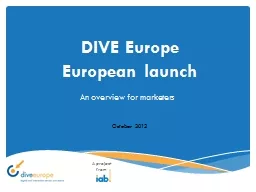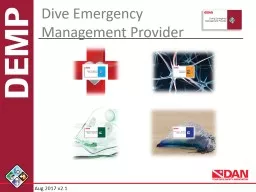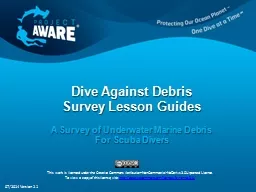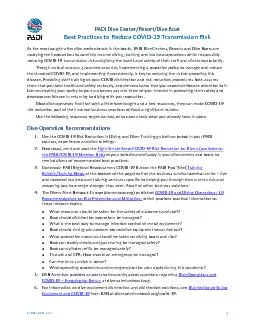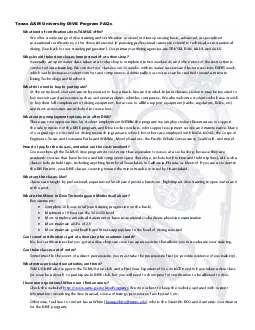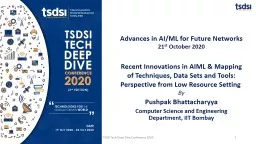PPT-Best Practice Deep Dive Susan H. Palisano
Author : sherrill-nordquist | Published Date : 2018-03-13
Director of Education amp Workforce Development Manufacturing is facing a serious skills gap due in part to the underrepresentation of women in the industry
Presentation Embed Code
Download Presentation
Download Presentation The PPT/PDF document "Best Practice Deep Dive Susan H. Palisan..." is the property of its rightful owner. Permission is granted to download and print the materials on this website for personal, non-commercial use only, and to display it on your personal computer provided you do not modify the materials and that you retain all copyright notices contained in the materials. By downloading content from our website, you accept the terms of this agreement.
Best Practice Deep Dive Susan H. Palisano: Transcript
Download Rules Of Document
"Best Practice Deep Dive Susan H. Palisano"The content belongs to its owner. You may download and print it for personal use, without modification, and keep all copyright notices. By downloading, you agree to these terms.
Related Documents



